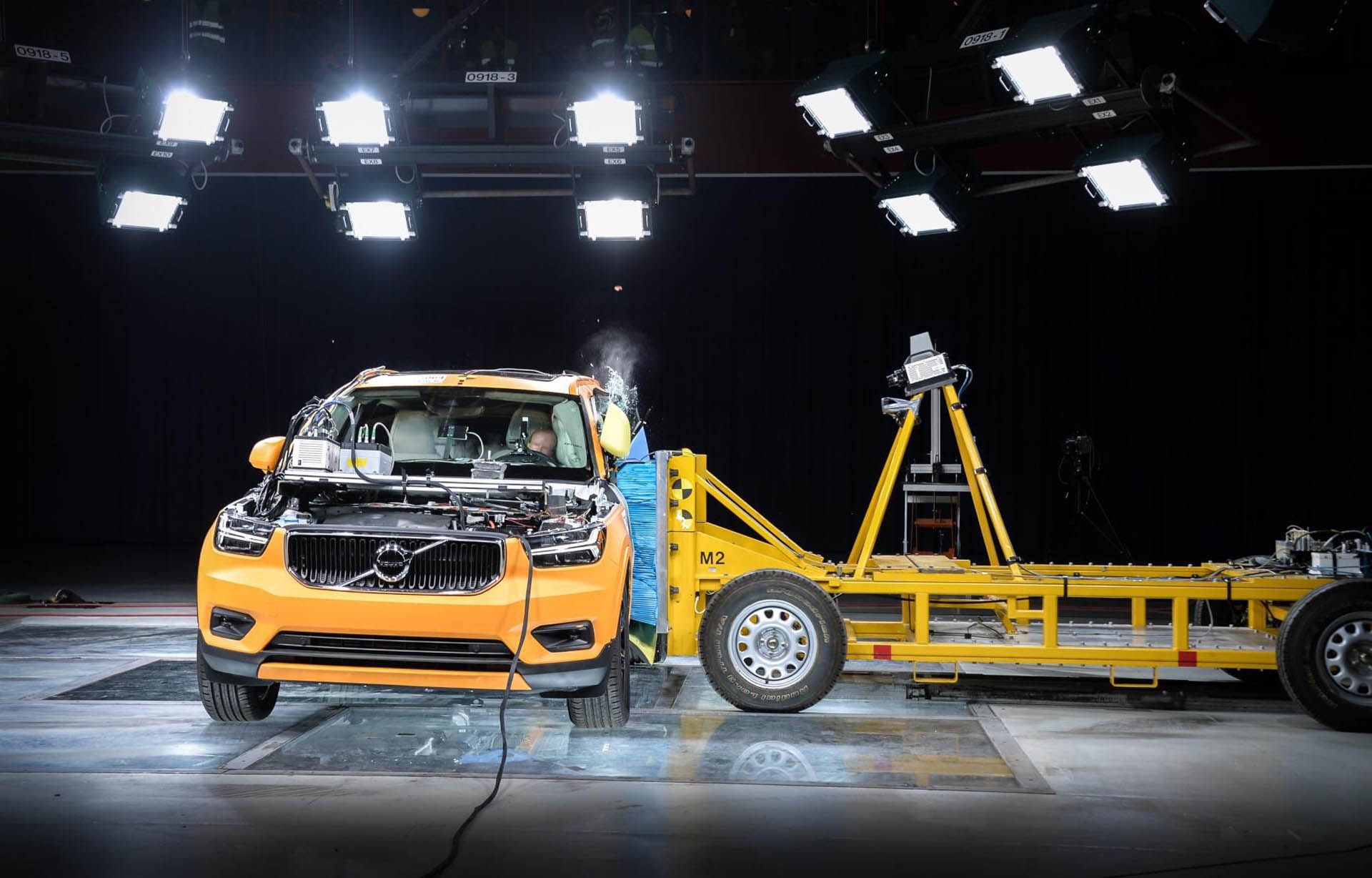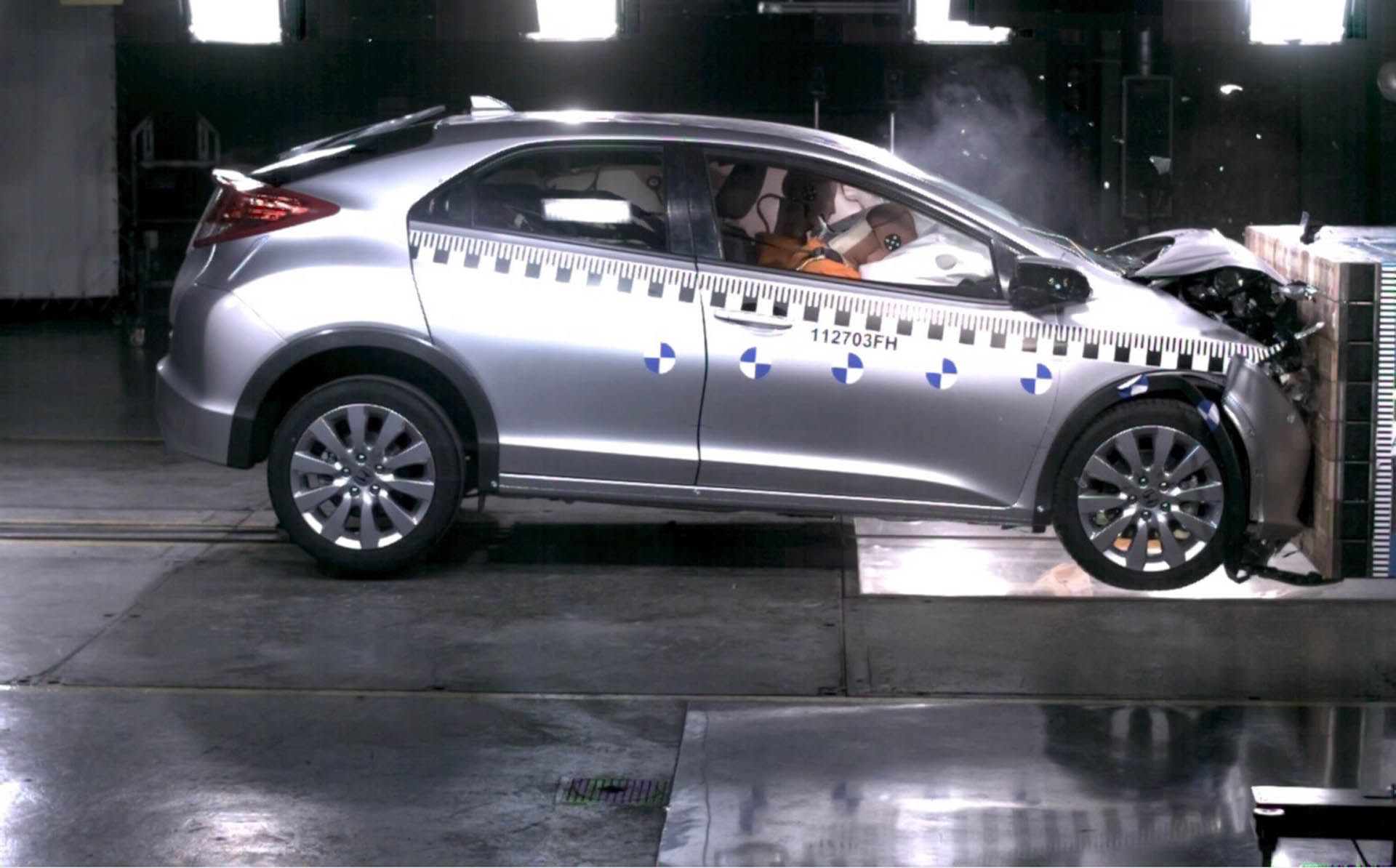Newer cars are safer than older ones. That’s not just our opinion, but that of the National Highway Traffic Safety Administration, which issued the findings in a new report.
“The analysis shows that among all passenger vehicle,” reports the NHTSA, “the proportion [of fatal crashes] was higher among occupants of older vehicles as compared to the occupants of newer vehicles.”
In other words, you’re less likely to die in a newer vehicle than an older one. That includes passenger cars, sport-utility vehicles, pickup trucks, and vans. “We encourage car buyers to select vehicles that meet their individual lifestyle, budget and transportation needs,” said NHTSA Deputy Administrator Heidi King, “with the added assurance that they are making an investment in safety.”
Over Twice As Many Fatalities In Vehicles Made Before 1985
A division of the US federal Department of Transportation, the NHTSA defines “older” vehicles as those built before 2012, and “newer” ones as those built since. It categorizes model years from 2013–2017, 2008–2012, 2003–2007, 1998–2002, 1993–1997, 1985–1992, and 1984 and earlier.
The data is most glaring, of course, when comparing relatively new vehicles to much older ones. 55 percent of fatal crashes (in which an occupant died within 30 days of the crash) took place in vehicles made before 1985. By contrast, only 26 percent took place in vehicles built between 2013 and 2017. And while the study categorized fatalities within defined age groups, the data holds true regardless of the age of the occupants involved.
In conclusion, the NHTSA determines “that a higher proportion of the occupants of older MY vehicles suffered a fatal injury. In addition, the proportion of vehicle occupants who were fatally injured increases with the age of the vehicle.” So if you’ve been thinking about trading in your old car or truck for a newer one, and safety is a concern (as it should be), this may be the evidence you need to take the plunge.









